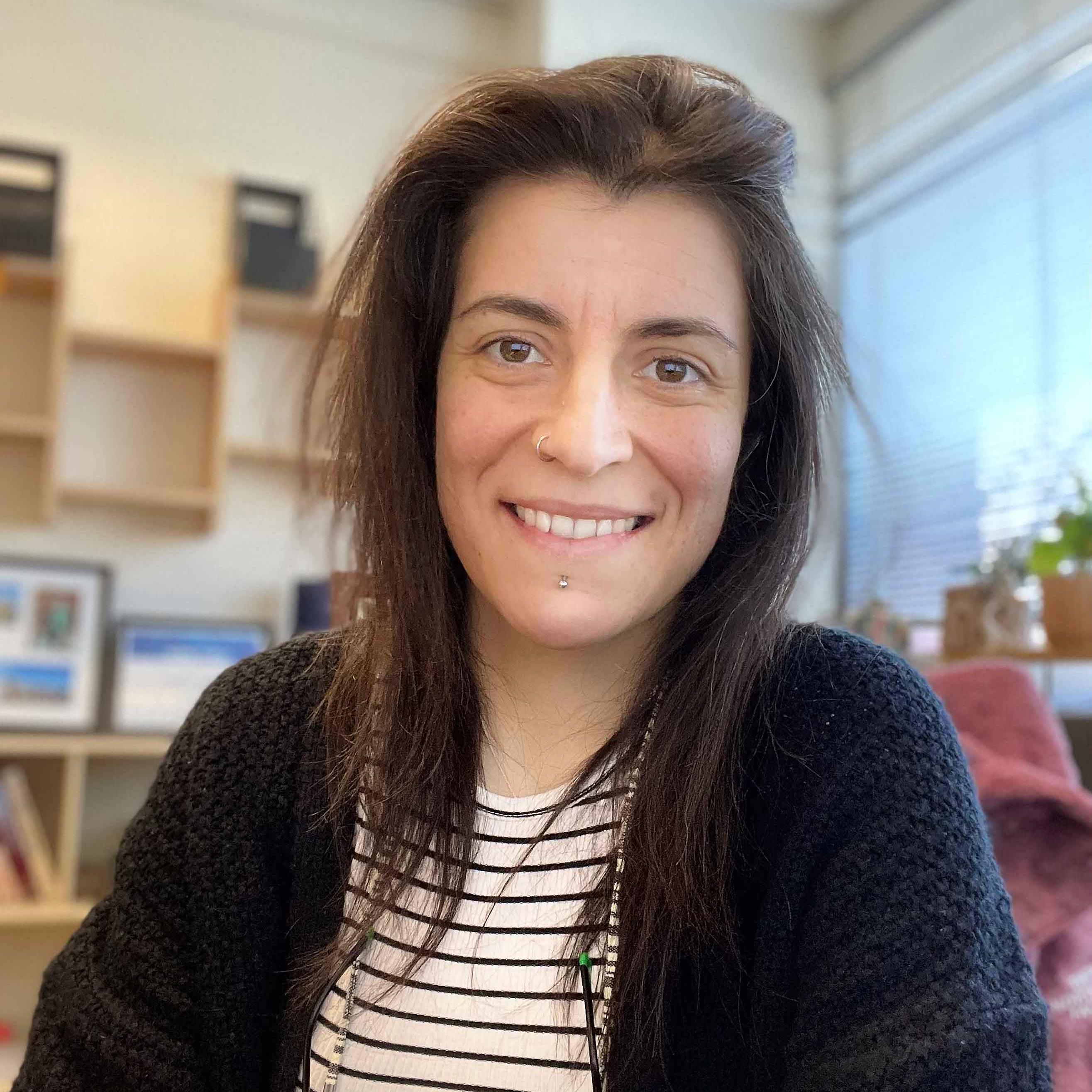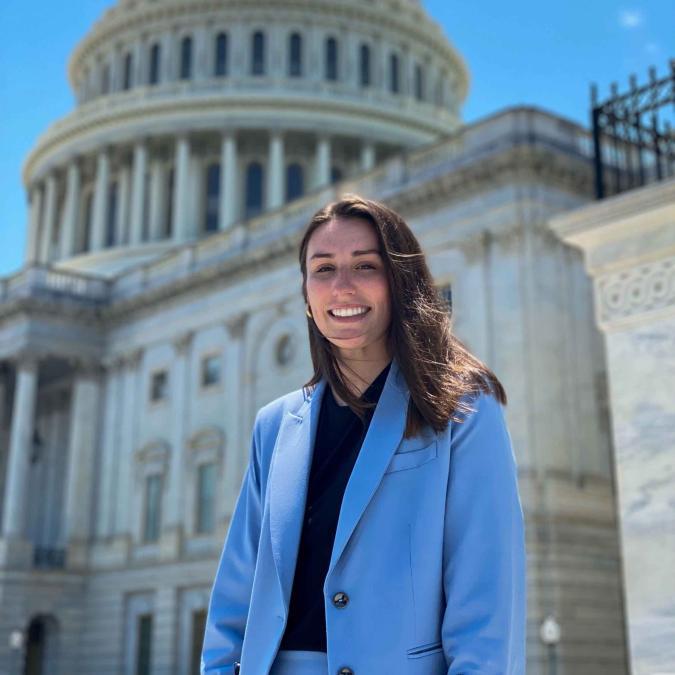Mark Sarvary wanted to create an opportunity for Cornell undergraduates to start building a mindset for communicating their scientific work to nonscientist audiences: funders, employers and colleagues in other disciplines.
This fall, Sarvary, senior lecturer in the Department of Neurobiology and Behavior, launched a course to do just that: Introduction to Applied Science Communication: Digital Platforms and Public Engagement.
“In this course, I want students to learn the importance of being well-rounded scientists who can communicate their work effectively and translate information through storytelling,” said Sarvary, who is teaching the course with Kelee Pacion, librarian in Cornell’s Albert R. Mann Library, and Kitty Gifford, program director of Science Cabaret and a professional in the field of integrated marketing communications.
The course uses a collaborative, interdisciplinary approach to teach the multifaceted nature of contemporary communication and show students how to use the large variety of available technologies and platforms to build a communication strategy for their work. The course even has a Twitter hashtag – #CUscistory – students will engage with throughout the semester.
“We noticed there was a niche for this class,” Sarvary said. “In another course, I teach how to write journal articles and present posters, but that’s not enough anymore. Students want to take it to the next level.”
The course takes students through a progression of activities to explore communication technologies and how to apply them. Learning from science communicators and science podcast producers, students will cover such topics as how to find and evaluate evidence; how to contribute information to online resources, such as Wikipedia; and how to build a communication strategy using modern digital platforms. Central to the course, Sarvary said, is that students are learning to translate dense scientific language into simpler concepts for lay audiences.
Scientists in all disciplines often need to communicate effectively with elected officials about science-related policies to protect public health and well-being. Sarvary developed the course to teach scientists how to learn about communication, but he said it’s equally important for communication majors to learn about the science and how to translate that information.
“The strength of this course is the collaboration of the instructors,” Sarvary said. “We have this interdisciplinary conversation throughout the class, each of us bringing something different to the table, from science to library science to communication and digital platforms. There is no exact recipe in how to communicate science, and this interdisciplinary approach helps students to think outside of the box.”
Jennifer Savran Kelly is a writer for the College of Agriculture and Life Sciences.
This story originally appeared in the Cornell Chronicle.






